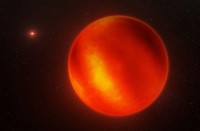Solar activity could spark “minor geomagnetic storms,” “high latitude auroras,” says space weather forecast
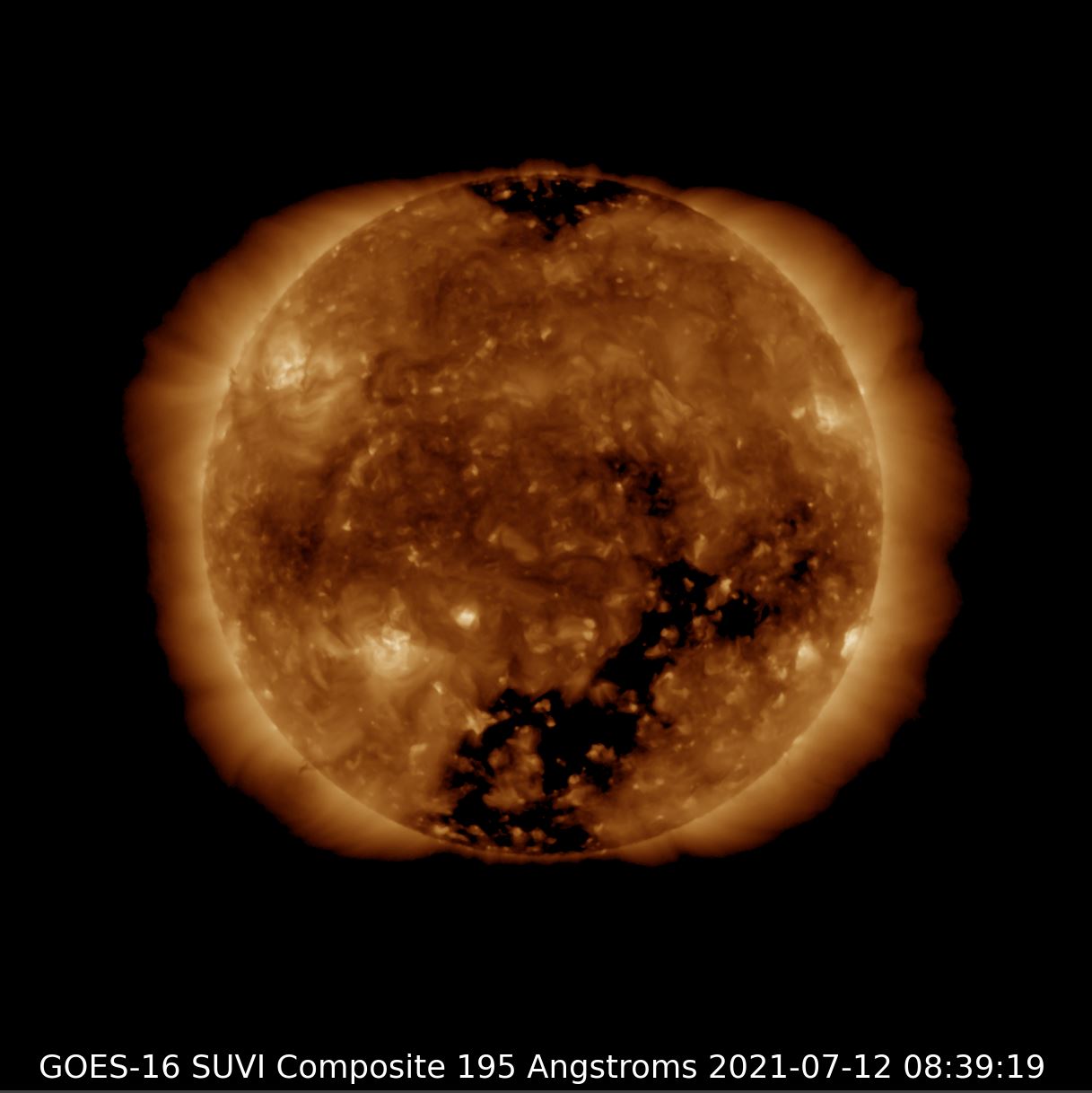
(Eagle News) – A “high-speed stream of solar wind” is expected to hit Earth’s magnetic field Monday, July 12, according to the latest space weather forecast.
The solar wind on July 12, 2021 has a speed of 303.9 kilometers per second, according to spaceweather.com in its update as of 1101 UT (Editor’s note: 7:01 p.m. Philippine Time). Spaceweather.com provides “news and information about the Sun-Earth environment.”
In its advisory on July 12, it forecast high-speed stream of solar wind to hit the Earth’s magnetic field.
“Today, a high-speed stream of solar wind is expected to hit Earth’s magnetic field. Wind speeds could top 600 km/s, sparking minor (G1-class) geomagnetic storms and high latitude auroras. The gaseous material is flowing from an equatorial hole in the sun’s atmosphere,” said an update from spaceweather.com.
What can happen during a G1-class geomagnetic storm?
“These storms can cause weak power grid fluctuations,” according to the Northern Lighthouse Project, a community outreach initiative dedicated to raising local awareness of space weather, geomagnetic storms and the science and splendour of Canada’s Northern Lights.
A G1 geomagnetic storm can possibly have a “minor impact on satellite operations.”
It can even have an effect on migratory animals on the northern region, the site said.
NASA, or the National Aeronautics and Space Administration, also explains the effects of solar winds.
If a category 5 hurricane can go over 150 miles per hour or 241 kilometers per hour, another kind of wind – the solar wind – has an average speed of 0.87 million miles per hour or 1.4 million kilometers per hour, it said.
The solar wind “begins in our Sun and doesn’t stop until after it reaches the edge of the heliosphere,” NASA explains.
The Solar and Heliospheric Observatory (SOHO) Extreme ultraviolet Imaging Telescope (EIT) latest image of the solar wind on July 12, 2021 shows this, taken by the LASCO (Large Angle Spectrometric Coronagraph) C2. This showed the inner solar corona up to 8.4 million kilometers (5.25 million miles) away from the Sun.
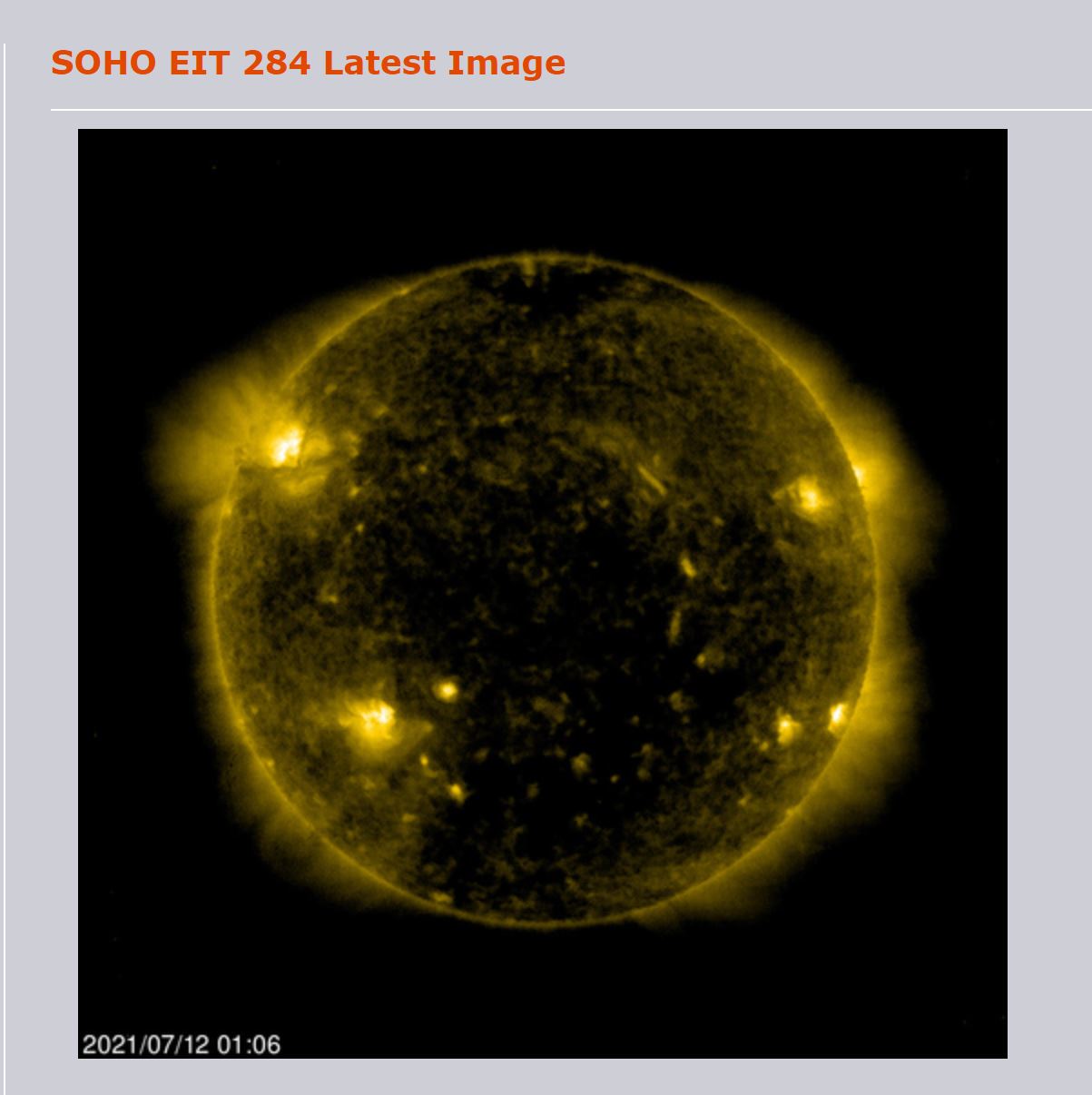
Spaceweather.com further identified the equatorial hole in the Sun where the solar wind is coming from in this image on July 12, 2021.
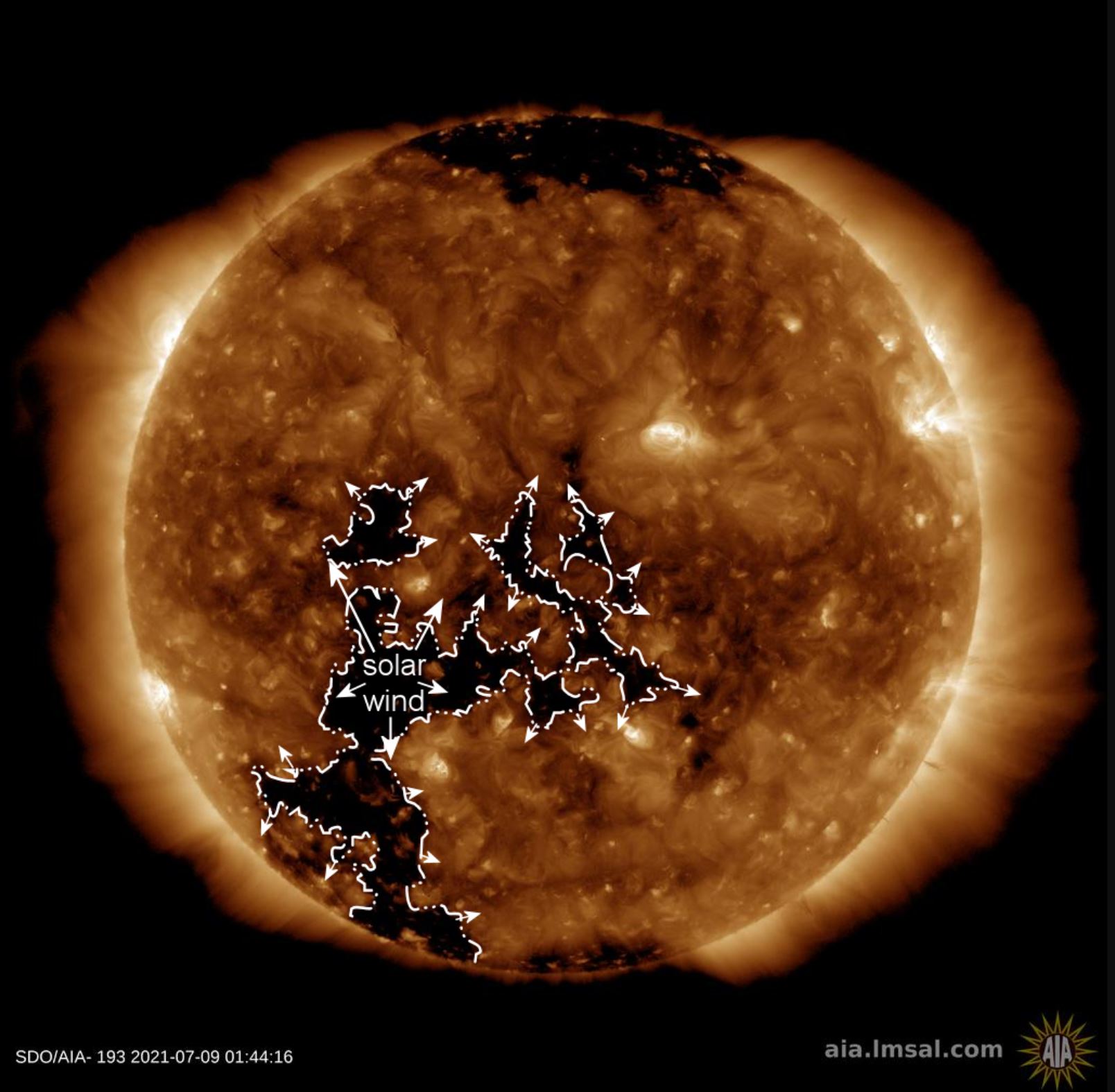
The Space Weather Prediction Center (SWPC) of the National Oceanic and Atmosphere Administration (NOAA) plotted the current solar activity and solar flares (as shown in the figure below) which can affect radio transmission on the sunlit side of the Earth, and even cause some problems even for satellite communication and radio navigation (GPS).
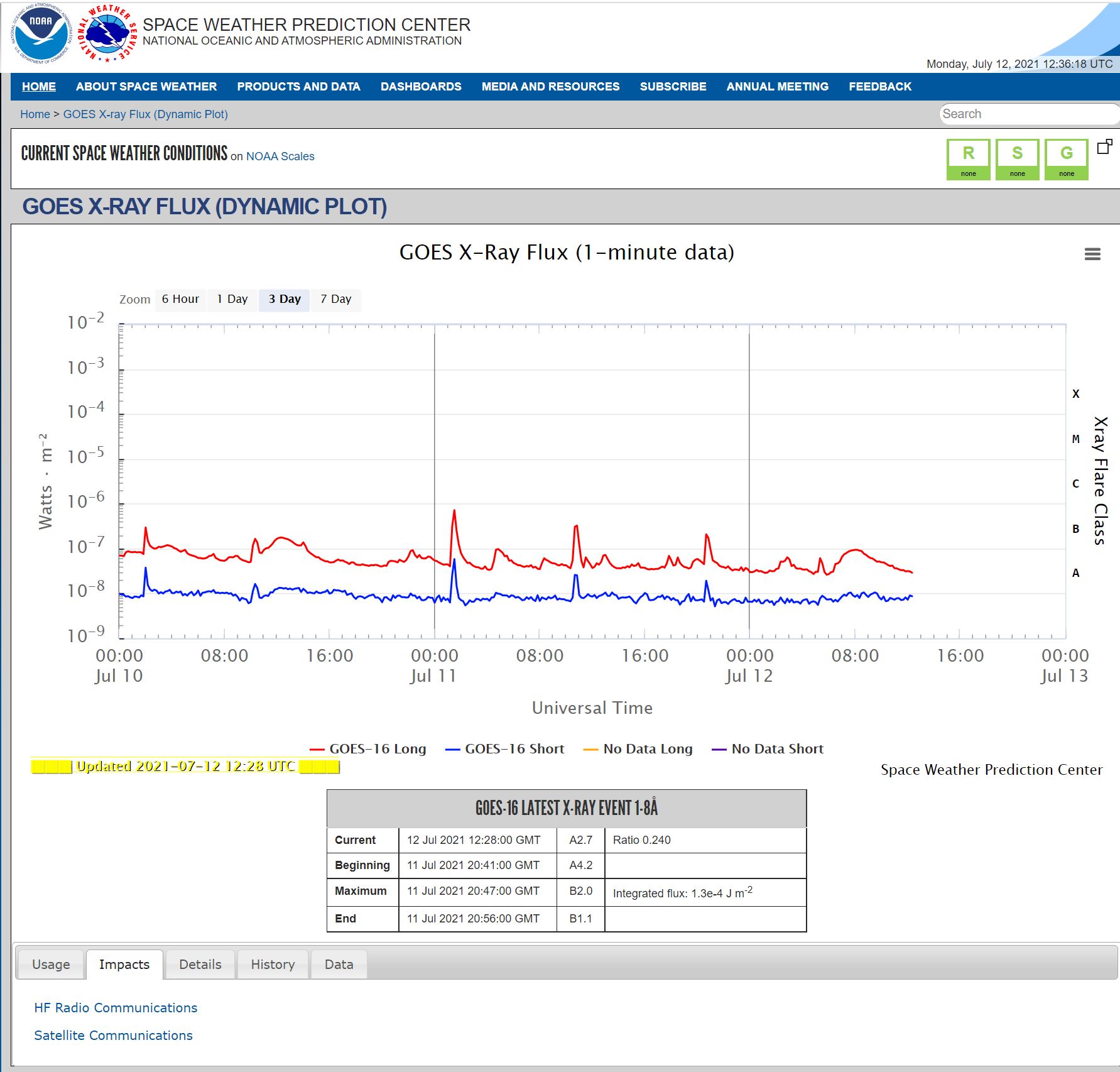
(Eagle News Service)



